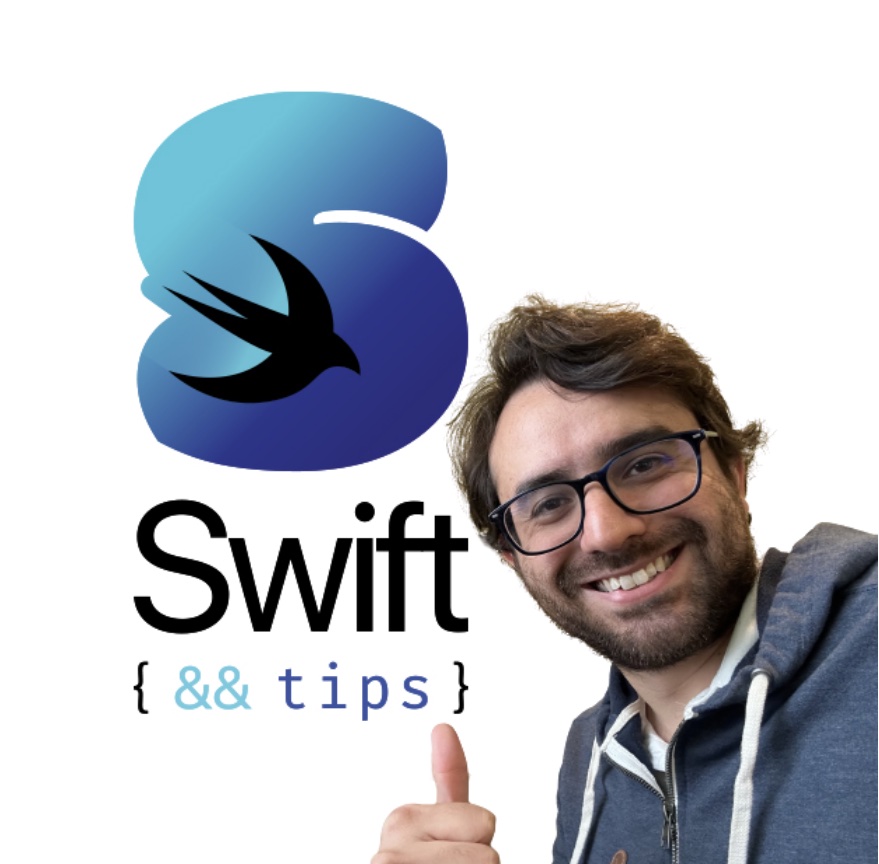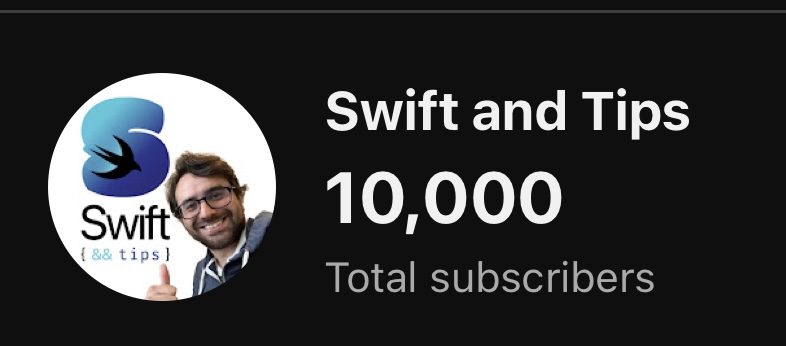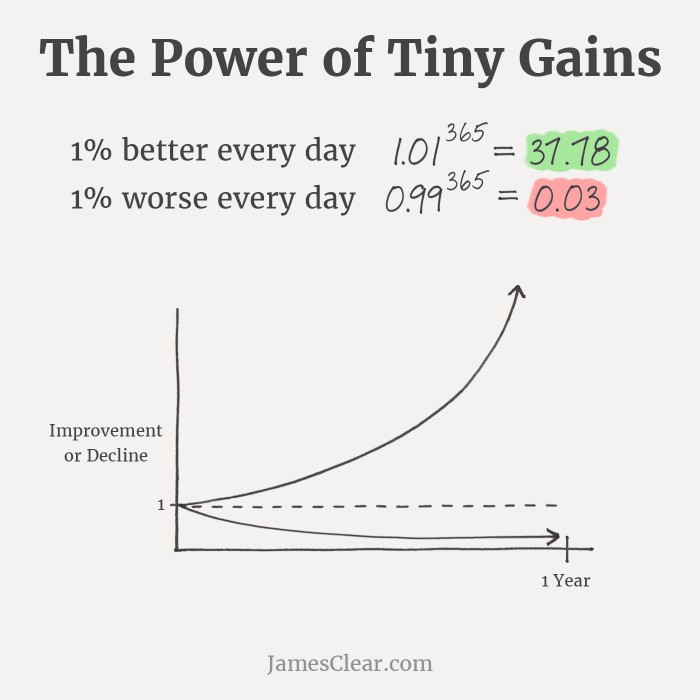My Journey to 10K Subscribers: How It All Began
 Pedro Rojas
Pedro Rojas
It was early November 2019. At the time, I was working for a software consulting firm where each developer was assigned to a specific client. I was a Senior Developer and Tech Lead on a project developing an iOS application for a startup in the healthcare industry, aimed at managing nurse resources across different hospitals.
Everything was going smoothly until one day, the startup's CEO called an all-hands meeting to inform us that the project would be put on hold due to a lack of funding. Normally, in situations like this, you would be laid off immediately. However, in this consulting firm, we were put "on the bench" in what was known as the "dev pool" (some preferred to call it the "deadpool").
The Pressure of Being in the Dev Pool
Once in the pool, your mission was to find another client as soon as possible. Time was of the essence—taking too long (say, a few months) could put you at risk of being let go. Fortunately, the consulting firm was based in Mexico, where Android was the preferred mobile technology. This meant that iOS developers were in high demand, as training in this technology was quite expensive.
A few days later, I was informed that a software company in the travel industry was interested in hiring iOS developers through the consulting firm. I was notified immediately and scheduled for an interview.
A Humbling Experience: The Interview That Changed Everything
I assumed that, as a "Senior" developer, the interview would be a walk in the park. I couldn’t have been more wrong...
About three days after receiving the message, I was scheduled for a meeting with one of the client’s leads. I expected the usual round of theoretical questions, like "What is a class? What is a protocol?" However, the interviewer started with a question that was both simple and unexpectedly complex: "What are your five favorite iOS frameworks?"
My first answer was "UIKit," and the interviewer replied, "What else?" I didn’t know what to say next. I was so accustomed to using UIKit that no other frameworks immediately came to mind that I felt comfortable discussing.
I suddenly remembered that SwiftUI had been released a few months earlier, and I had read up on it and watched the WWDC19 session. Feeling confident, I answered, "SwiftUI" (among other random frameworks that I can’t even recall now).
The interviewer, surprised, said, "Oh, great! Tell me what you know about it." At that moment, I began to laugh nervously because I didn’t know how to respond. After an awkward silence, the interviewer asked another question: "Could you explain how state management works?" Once again, I was at a loss for words and tried to say anything that came to mind. The time dragged on—it felt like hours, but in reality, the interviewer ended the session within minutes, cutting the interview time in half.
The Aftermath: A Harsh Reality Check
I felt deeply embarrassed—not only because this was a cold dose of reality that made me realize I wasn’t as "Senior" as I thought, but also because others were on the call, including one of the tech leads from the consulting firm (a guy I didn’t particularly like) and the recruiter who worked with the client to find candidates.
The tech lead and I took the call in the office, so he came up to my desk afterward, gave me a mocking pat on the back, and said, "Cheer up." I felt even more frustrated.
The next day, I asked some of my iOS colleagues to do a mock interview and not hold back on the tough questions. I wanted to determine whether I had just been nervous or if I was genuinely far from being at the "Senior" level. As you can imagine, the result wasn’t much different. These colleagues provided me with valuable feedback on how to improve my Swift, iOS, and communication skills, both in my daily work and in interviews, for which I was immensely grateful.
A New Perspective: The Power of Continuous Learning
This whole experience changed my life, as it gave me the perspective that we can never assume—especially in the software industry—that we know everything.
A few days later, in a Slack group full of developers from the Latin American community, one of the community leaders sent a message saying, "Hey, I’m open to mentoring those who want to advance their careers. I only have room for five people..."
Without a second thought, I sent him a direct message expressing my interest. He accepted, and in the first session, he immediately said to me, "The best way to learn something is to teach it. Do you write? Blog? What do you share with the community? Just as others have helped you grow, it’s time for you to support those who are just starting out."
Those words changed my mindset, and I immediately thought of creating a space to publish content. However, I didn’t feel very confident in my writing skills, so I thought, "Why not upload videos to YouTube?"
The Birth of Swift and Tips: Overcoming Self-Doubt
So, on November 28, 2019, the "Swift and Tips" channel was born... However, I didn’t upload anything for an entire year 😅. Why? Well... I didn’t believe that someone like me had the "authority" or was "good enough" to teach others.
I struggled with impostor syndrome, and while I began to improve my skills, I also became more aware of my limitations. My mentor frequently questioned why I wasn’t uploading content until one day he said, "If you build a reputation and an image as an expert in something, you won’t need to go through countless interviews to prove what you know. We can’t be perfect, but we can strive to be better every day. Learn to enjoy the process—read Atomic Habits by James Clear" (Wow, Eddy, you have no idea how much your words helped ❤️).
Moving Forward: From Self-Doubt to Success
After reading that book (which I recommend to everyone I meet) and many others about habits and improving my "digital marketing," I finally decided to upload my first video. But before that, I had one last decision to make: Should I create content in Spanish or English?
I knew that either path would bring its own advantages and challenges. However, I chose English simply because it’s the language that allows me to communicate with other developers around the world—a decision I don’t regret to this day, as it has helped me connect and converse with so many people from different places.
If you watch my first video, you’ll see that the difference between it and the latest one (at the time of writing this article) is staggering. I’ve gone from spending hours recording just a few seconds of video to creating a video from scratch in just 2-3 days. I’ve learned to let go of perfectionism (which is just another excuse to procrastinate) and to focus on helping you learn. I’m not the best speaker or the most technically skilled, but I’m better every day, and in the end, that’s what matters.

The Critics and the Support: Navigating the Challenges of Content Creation
I’ve also faced criticism for my decision to create content in English—some have even called me a "traitor" for "undermining" Spanish speakers, which is completely absurd since I have created content in Spanish (like Let Swift Podcast). In the end, I’ve learned to respect all points of view, and if you’re reading this and are interested in creating your own content, you need to understand that criticism is inevitable. But remember to focus on yourself and ensure that your audience learns something new after engaging with your content.
A Milestone Achievement: Reaching 10,000 Subscribers
These 10,000 subscribers in 3 years and 9 months represent a milestone in my career as a content creator. While I don’t have the numbers of "Mr. Beast," in the end, numbers are just that—numbers. Going back to the beginning of this story, all these experiences have taught me that learning and teaching is a process that never ends but makes us better people, not just technically, but also as human beings. Teaching others is an opportunity to give back to the world a little of what each of you has given me; it’s an act of generosity, an act of love for others.
Thank you!
Thank you so much for reading this far. I invite you to share your thoughts in the comments section. I also want to give a special mention to someone who has supported me throughout this journey, giving me the time needed to make this possible: my wife, Paola. Thank you, my love—without you, Swift and Tips wouldn’t be possible; without you, I wouldn’t be half the man and father I am today. I love you!
My name is Pitt, and this is swiftandtips.com. Thank you for reading, and have a great day! ❤️
Subscribe to my newsletter
Read articles from Pedro Rojas directly inside your inbox. Subscribe to the newsletter, and don't miss out.
Written by
